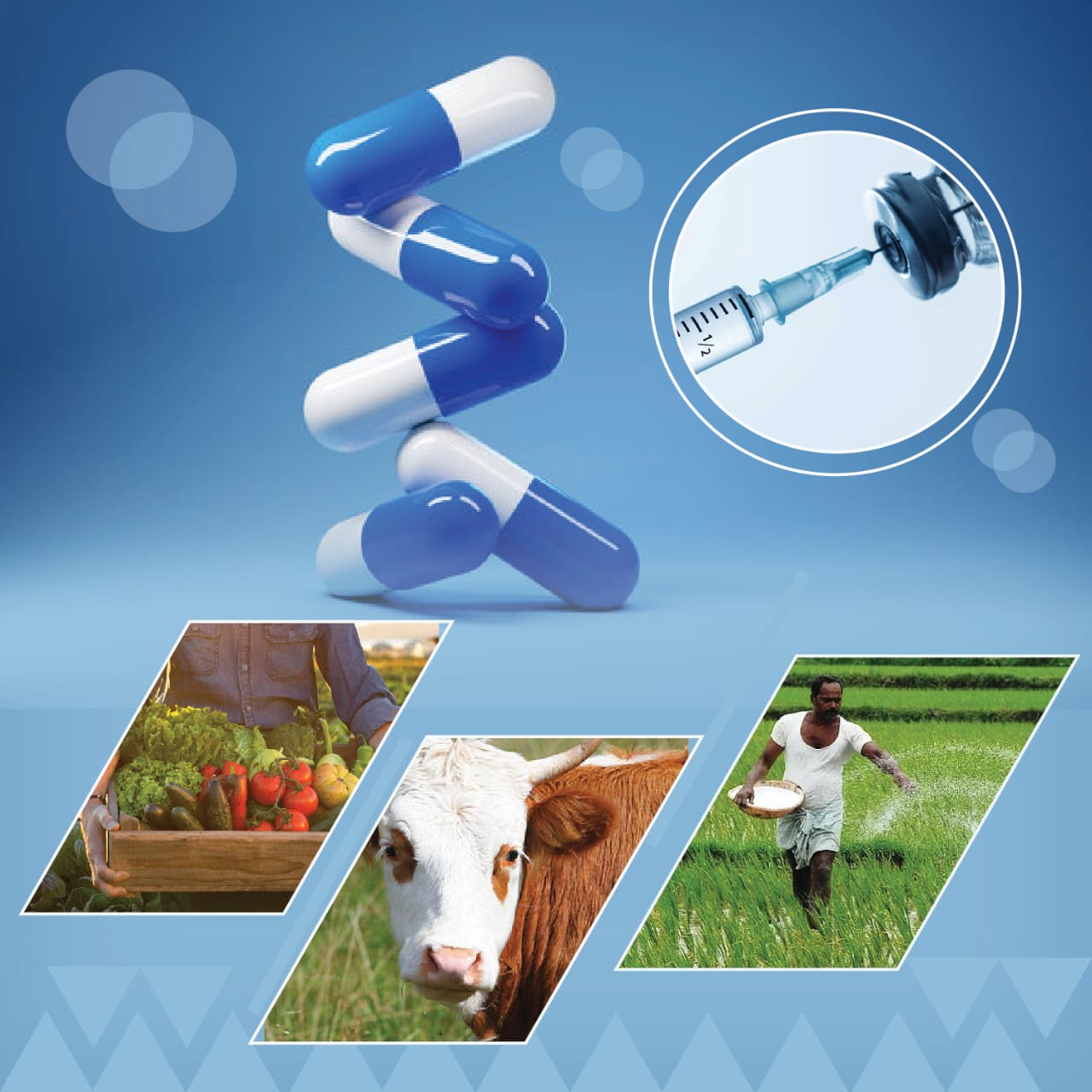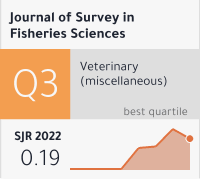Fish Iridoviridae: Unraveling Infection Pathways, Innovative Vaccination Strategies, and Immune Response Dynamics
DOI:
https://doi.org/10.53555/sfs.v11i4.3118Keywords:
Iridoviridae, Megalocytiviruses, Lymphocystiviruses, Ranavirus, VaccinationAbstract
The number of novel pathogens found and researched each year due to meteorological conditions transformation rises, and the number of diseases that are known to affect different species of fish in different parts of the world is cumulative. The Ranavirus Megalocytivirus and Lymphocystivirus, are among the viruses that produce epizootic outbreaks in freshwater, marine, and farmed fish species. These viruses belong to the family Iridoviridae. Iridoviridae family of viruses can cause serious economic problems, particularly in the aquaculture industry. As a result, vaccinations have been created in recent years, and techniques for administering them have advanced. Currently, various vaccinations are accessible to manage and avert Iridoviridae infections in falcons. Notably, two commercially available vaccinations target Red Sea bream Iridoviral illness and Iridoviruses. The elusion process linked to Iridovirus infections is generally characterized by a decrease in the levels of genetic factors related to the defense system's adaptive reaction and a systemic absence of inflammatory responses. Lastly, with an emphasis on upcoming developments in the sector, this analysis also examines trends in preventative procedures for fish vaccine schemes.









